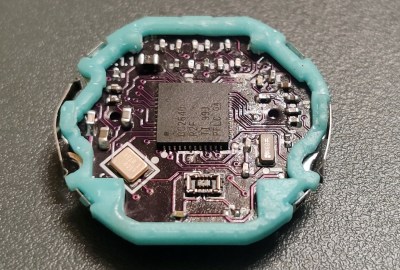A Jack-In-The-Box is scary enough the first time. However, if you’ve seen the clown pop out before, it fails to have the same impact. [Franklinstein] decided that swapping out the clown for an alternative payload would deliver the fright he was after.
Inside the toy, an Arduino Nano runs the show. It’s paired with an airhorn, installed in a special frame along with an RC servo. When the time is right, the RC servo presses up against the airhorn, firing off an almighty noise. There’s also a confetti blaster, built with a small chamber full of compressed air. When a solenoid is released, the compressed air rushes out through a funnel full of confetti, spraying it into the room.
When the crank on the toy is turned, the typical song plays. When the lid of the box opens, it releases a switch, and the Arduino fires off the confetti and airhorn. It’s shocking enough for [Franklinstein] himself, and even more surprising for those expecting the toy’s typical bouncing clown instead.
We’d love to see an even more obnoxious version that doesn’t turn the airhorn off for at least a full minute. We’ve seen them employed in some great Halloween hacks before, too. Video after the break.
Continue reading “Hacking A Jack-in-the-Box To Be Extra Surprising”



 The main body of the trucks is 3D-printed, as is the hanger. A 195 mm M8 threaded rod is then used through the center of the trucks in order to provide an axle for fitting the wheels and bearings themselves. He 3D-printed the parts using a carbon-fiber reinforced nylon with the slicer set up to maximize strength. In testing, they rolled around the neighbourhood just fine.
The main body of the trucks is 3D-printed, as is the hanger. A 195 mm M8 threaded rod is then used through the center of the trucks in order to provide an axle for fitting the wheels and bearings themselves. He 3D-printed the parts using a carbon-fiber reinforced nylon with the slicer set up to maximize strength. In testing, they rolled around the neighbourhood just fine.















